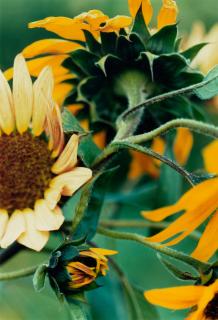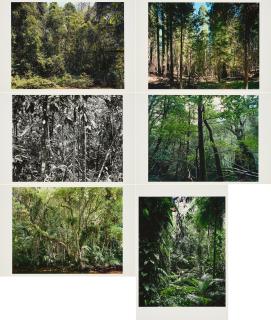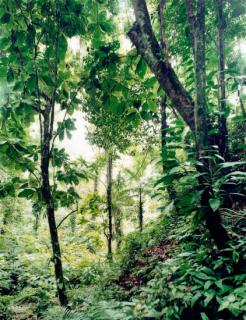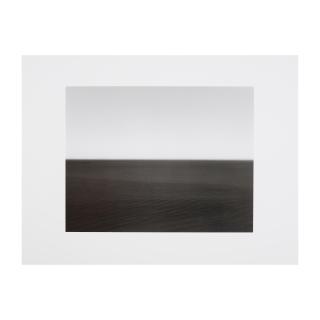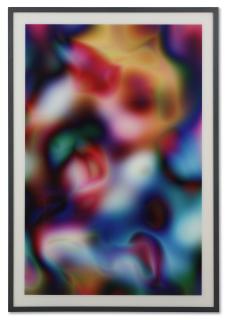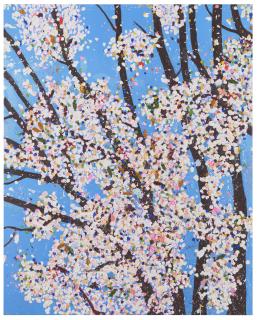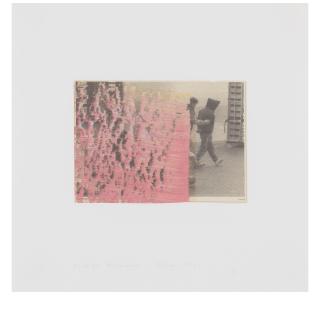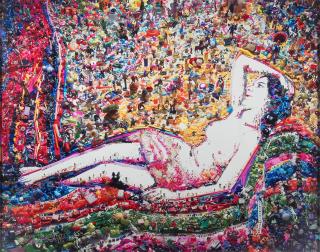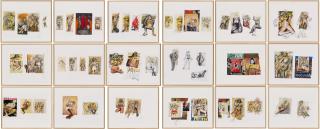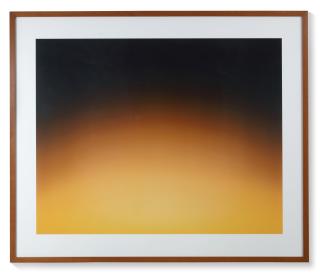Thomas Struth born 1954
The artist Thomas Struth
- German photographer known for his large-format color photo series.
- Subverted old habits of looking at photographic motifs with his series.
- First German artist to have an exhibition at the Prado in Madrid.
German photographer Thomas Struth is best known for his series on urban development, architecture, people, and nature. Born in 1954 in the small town of Geldern on the Dutch border, Struth studied at the Staatliche Kunstakademie in Düsseldorf, where he took classes with Gerhard Richter and Peter Kleeman, as well as photographer Bernd Becher. A major success during his studies was his scholarship to New York in 1978, which earned him a graduate exhibition at MoMA P.S.1. In the early 1990s, Struth held a professorship at the Staatliche Hochschule für Gestaltung in Karlsruhe.
Struth's work is characterized by the fact that he takes his color photographs with a large-format camera and arranges them thematically in series. They made him famous, especially in the 1980s and 1990s. From the beginning, Struth made a significant contribution to art photography by shifting the focus: his photographs enter into a relationship with the viewer and create new ways of seeing by subverting outdated ways of looking at photographic motifs.
His »precise seeing« is evident, for example, in the well-known series Unbewusste Orte (Unconscious Places, 1988). It shows cities all over the world and aims at the anthropology hidden in them. Struth does something similar with his Landschaften (Landscapes, 1991-1993): Although the people in the photographs are absent, the design of the rural environment testifies to their presence. In the series Portraits, he again documented how individuals portrayed themselves within a community. Struth's series Paradise (1998-2000) is also memorable: it depicts forest landscapes that have been allowed to develop completely untouched by man.
Struth's participation in the Venice Biennale (1990) and Documenta IX (1992) marked his international breakthrough. In 2007, he was the first German artist to have an exhibition at the Museo del Prado in Madrid. He photographed museum visitors in the Prado itself. Since 2008, Struth has turned his attention to elementary themes of humanity: Industry, research, energy and globalization. He photographs nuclear fusion reactors and space shuttles, for example, in a way that is usually closed to the public. In 2011, he was even commissioned to take the official anniversary photograph of the British royal couple. Struth lives and works in Berlin.
Der Künstler Thomas Struth
- Deutscher Fotograf, der mit großformatigen Farbfotoreihen bekannt wurde.
- Unterwandert mit seinen Serien alte Sehgewohnheiten von fotografischen Motiven.
- Erster deutscher Künstler, dem der Prado in Madrid eine Ausstellung widmete.
Der deutsche Fotograf Thomas Struth ist vor allem für seine Werkserien bekannt, in denen er sich Themen wie Stadtentwicklung, Architektur, Menschen oder der Natur widmet. 1954 in der Kleinstadt Geldern an der niederländischen Grenze geboren, studierte Struth an der Staatlichen Kunstakademie Düsseldorf, wo er Unterricht bei Gerhard Richter und Peter Kleeman sowie beim Fotografen Bernd Becher nahm. Ein großer Erfolg noch während des Studiums war sein Stipendium für die Stadt New York 1978, das ihm eine Abschlussausstellung im MoMA P.S.1 bescherte. Zu Beginn der 1990er Jahre war Struth als Professur an der Staatlichen Hochschule für Gestaltung in Karlsruhe tätig.
Kennzeichnend für Struth ist, dass er seine Farbaufnahmen mit der Großformatkamera aufnimmt und sie thematisch in Werkreihen zusammensetzt. Vor allem in den 1980er und 1990er Jahren verhalfen sie ihm zum Renommee. Struth leistete von Anfang an einen bedeutenden Beitrag zur Kunstfotografie, weil er den Fokus verschob: Seine Fotos gehen in Beziehung zu den Betrachtenden und schaffen neue Sehgewohnheiten, indem sie überholte Sichtweisen fotografischer Motive unterwandern.
Sein »präzises Sehen« erschließt sich etwa in der bekannten Serie Unbewusste Orte (1988). Sie zeigt Städte auf der ganzen Welt und zielt auf die darin verborgene Anthropologie ab. Ähnliches schafft Struth mit seinen Landschaften (1991 – 1993): Zwar sind die Menschen auf den Fotos abwesend, doch zeugt die Gestaltung der ländlichen Umgebung von ihrer Anwesenheit. Mit der Reihe Porträts dokumentierte er wiederum, wie Individuen sich innerhalb einer Gemeinschaft darstellten. Auch Struths Serie Paradise (1998 – 2000) blieb im Gedächtnis: Sie porträtiert Waldlandschaften, die sich vom Menschen völlig unberührt entwickeln konnten.
Struth nahm an der Biennale in Venedig (1990) und an der Documenta IX (1992) teil, womit sein internationaler Durchbruch besiegelt war. 2007 war er der erste deutsche Künstler, dem das Museo del Prado in Madrid eine Ausstellung widmete. Er lichtete dafür Museumsbesuchende im Prado selbst ab. Seit 2008 wendet sich Struth elementaren Themen der Menschheit zu: Industrie, Forschung, Energie und Globalisierung spielen eine Rolle. Er fotografiert etwa Kernfusionsreaktoren oder Space Shuttles auf eine Weise, wie sie der Öffentlichkeit meist verschlossen bleiben. 2011 beauftragte man ihn gar, das offizielle Jubiläumsfoto des britischen Königspaars zu fertigen. Struth arbeitet und lebt in Berlin.

